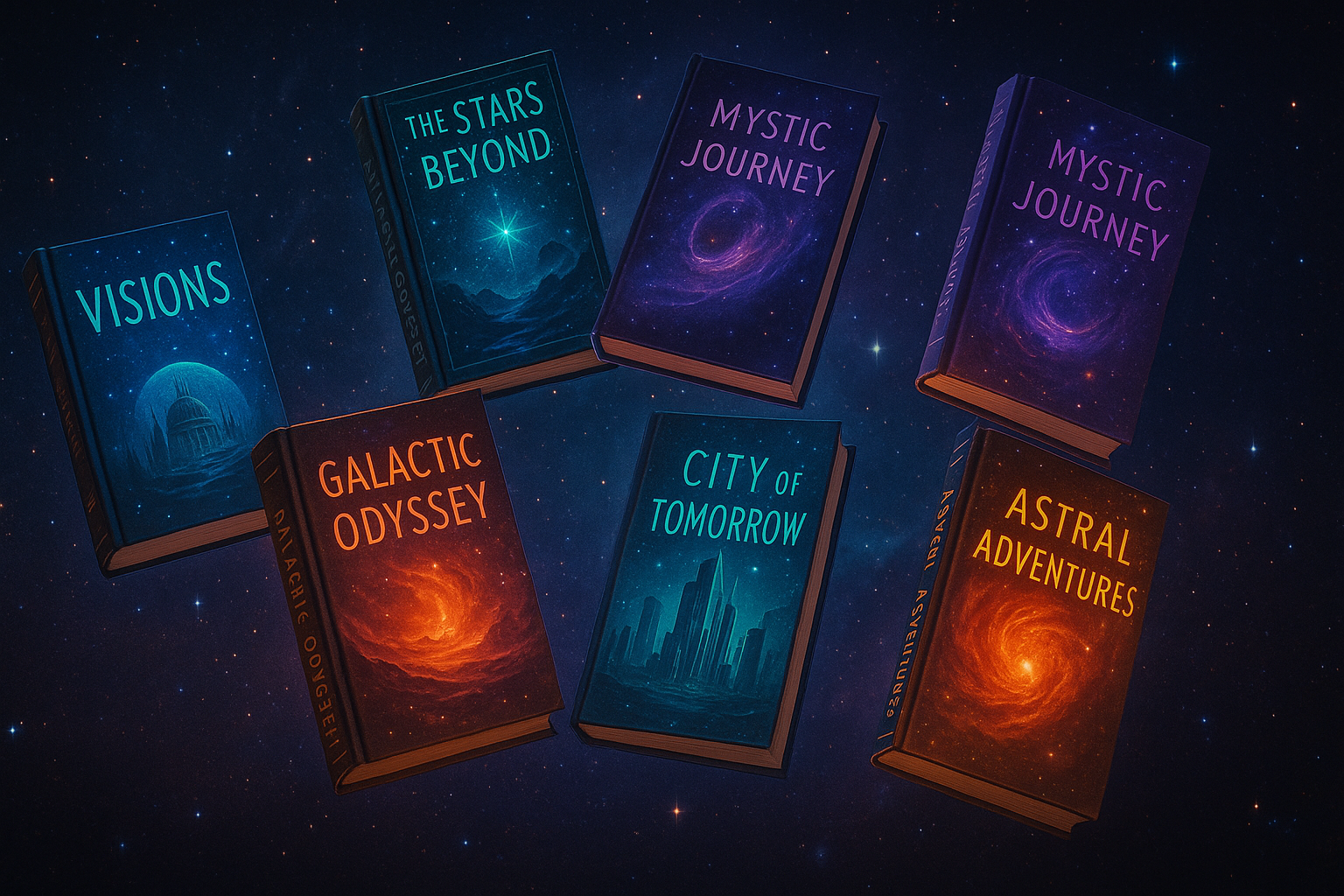
Independent publishers are reshaping the literary landscape through innovation and technology.
The publishing industry is experiencing a seismic shift. While traditional publishing houses consolidate and focus on blockbuster titles, independent publishers are carving out new territories in the digital landscape. Armed with innovative technologies and freed from legacy constraints, small presses are not just surviving—they're thriving and redefining what it means to publish books in the 21st century.
At Aphelion Press, we've witnessed this transformation firsthand. The tools and platforms available to independent publishers today would have been unimaginable just a decade ago. From AI-assisted editing to global digital distribution, the barriers to entry have never been lower, while the potential reach has never been greater.
The Digital Revolution Levels the Playing Field
The most significant change in independent publishing has been the democratization of distribution. Platforms like Amazon KDP, IngramSpark, and Draft2Digital have eliminated the need for expensive print runs and complex distribution networks. A small publisher in any corner of the world can now reach readers globally with the same ease as a major publishing house.
But distribution is just the beginning. The entire publishing workflow has been revolutionized:
Production and Design
- AI-powered editing tools help catch errors and improve readability
- Template-based design systems enable professional layouts without expensive designers
- Print-on-demand technology eliminates inventory risk and storage costs
- Automated formatting creates multiple formats (print, ebook, audiobook) from a single source
Marketing and Discovery
- Social media platforms provide direct access to readers and communities
- Email marketing tools enable sophisticated reader engagement campaigns
- Data analytics offer insights into reader behavior and preferences
- Influencer partnerships replace traditional media gatekeepers
"Independent publishers today have access to the same global infrastructure as major houses, but with the agility to innovate and take risks that larger organizations cannot."
The Power of Niche Markets
While major publishers chase broad market appeal, independent publishers excel at serving specialized audiences. The digital age has revealed that there are passionate readers for almost every conceivable niche, and small publishers are uniquely positioned to serve these communities.
Successful Niche Strategies
- Genre specialization: Becoming the go-to publisher for specific genres like climate fiction or quantum sci-fi
- Cultural focus: Publishing works that represent underserved communities and perspectives
- Format innovation: Experimenting with interactive ebooks, multimedia content, and new reading experiences
- Community building: Creating ecosystems around authors and readers rather than just selling books
This specialization allows independent publishers to build deep relationships with their audiences. Readers know what to expect from a trusted small press, and that brand loyalty translates into sustainable business models.
Technology as a Competitive Advantage
Independent publishers are often more agile in adopting new technologies than their larger counterparts. Without legacy systems and bureaucratic approval processes, small presses can experiment with cutting-edge tools and platforms.
Emerging Technologies in Independent Publishing
Artificial Intelligence
AI is revolutionizing everything from manuscript evaluation to cover design. Independent publishers are using AI for:
- Automated proofreading and copy editing
- Genre classification and market analysis
- Personalized book recommendations
- Dynamic pricing optimization
Blockchain and NFTs
While still experimental, blockchain technology offers intriguing possibilities:
- Smart contracts for automatic royalty distribution
- Limited edition digital books as collectible NFTs
- Decentralized publishing platforms
- Transparent rights management
Augmented and Virtual Reality
Immersive technologies are creating new storytelling possibilities:
- Interactive fiction with AR elements
- Virtual book launches and author events
- 3D visualization of complex sci-fi concepts
- Immersive reading environments
Overcoming Traditional Challenges
While technology has solved many problems, independent publishers still face significant challenges. However, innovative solutions are emerging for each obstacle:
Discovery and Visibility
With millions of books published annually, standing out is increasingly difficult. Successful independent publishers are addressing this through:
- Content marketing: Building audiences through blogs, podcasts, and educational content
- Community engagement: Active participation in genre communities and social platforms
- Cross-promotion: Collaborating with other independent publishers and authors
- Data-driven marketing: Using analytics to identify and target ideal readers
Financial Sustainability
Independent publishers are developing diverse revenue streams beyond traditional book sales:
- Subscription models: Monthly book clubs and exclusive content
- Crowdfunding: Kickstarter and Patreon campaigns for special projects
- Licensing and adaptation: Selling rights for audiobooks, translations, and media adaptations
- Educational partnerships: Developing curriculum and educational materials
Global Reach, Local Impact
One of the most exciting aspects of modern independent publishing is the ability to think globally while acting locally. Small publishers can serve niche communities worldwide while maintaining deep connections to their local literary ecosystems.
Digital platforms enable independent publishers to:
- Reach readers in markets previously inaccessible to small presses
- Collaborate with international authors and translators
- Participate in global literary conversations and movements
- Adapt quickly to regional preferences and cultural trends
The Road Ahead
The future of independent publishing looks brighter than ever. As technology continues to evolve and traditional gatekeepers lose their monopoly on distribution, we can expect to see:
Predictions for 2025 and Beyond
- AI collaboration: Authors and publishers working alongside AI tools for enhanced creativity
- Personalized publishing: Books customized for individual readers' preferences and reading levels
- Immersive storytelling: Integration of AR/VR elements becoming standard for certain genres
- Sustainable practices: Environmental consciousness driving innovation in production and distribution
- Direct reader relationships: Publishers building subscription-based communities around shared interests
The key to success in this evolving landscape will be adaptability, innovation, and a deep understanding of reader communities. Independent publishers who embrace technology while maintaining their human touch will continue to thrive and shape the future of literature.
The Independent Advantage
Independent publishing has never been stronger. With access to global markets, cutting-edge technology, and the freedom to innovate, small presses are not just competing with traditional publishers—they're leading the industry into its digital future. The question isn't whether independent publishers will survive the digital age, but how they'll continue to transform it.


